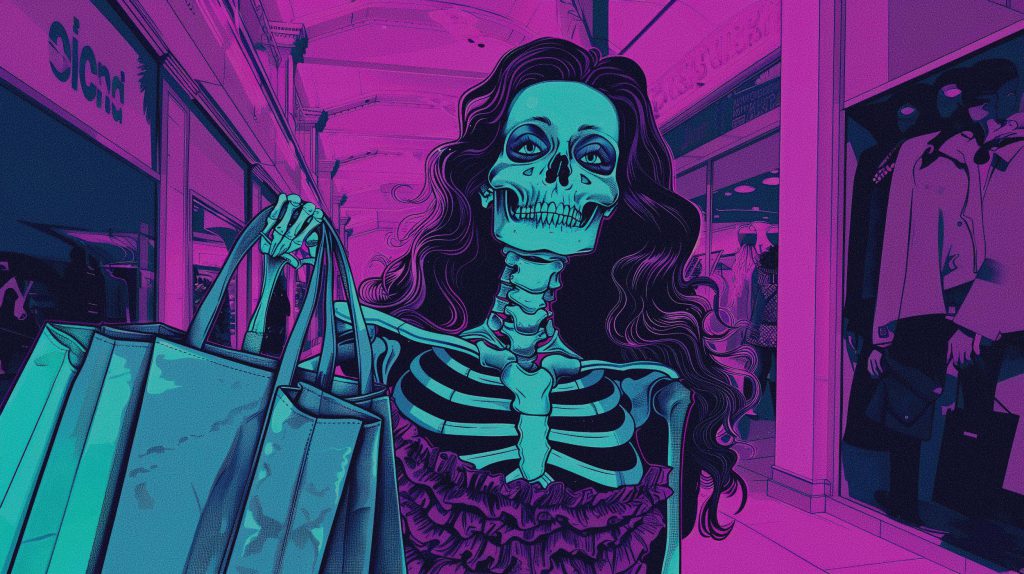Las Vegas is a city of spectacle, indulgence, and constant reinvention. It’s a place where fortunes are made overnight—and lost just as quickly. Nowhere is this more true than in the food and beverage (F&B) industry. While the Strip dazzles with Michelin-starred chefs and themed dining palaces, the reality for most restaurant owners in Las Vegas is far less glamorous. Behind the neon lights and velvet ropes lies a brutal battleground where high costs, slim profit margins, and fierce competition make survival a feat in itself. As a marketing professional who’s worked with F&B brands in Vegas and beyond, I can tell you: this city doesn’t just want a good restaurant. It demands an experience. And if you can’t deliver that while managing your numbers, you’re toast.
High Costs and Low Margins Challenge Profitability
Running a restaurant anywhere is tough, but in Las Vegas, it’s a high-stakes game with little room for error. Rent on or near the Strip can be astronomical, often rivaling top-tier cities like New York or San Francisco. Add to that the cost of labor, utilities, licensing, and mandatory union contracts (especially for Strip properties), and you’re already deep in the red before your first customer walks in. The margins are razor-thin, and one slow weekend—say, during a major convention’s off-week—can wipe out a month of profit.
Let’s talk food costs. Vegas diners expect high quality, unique offerings, and exceptional service. That means sourcing premium ingredients, often shipped in from out of state or even internationally. With inflation and supply chain disruptions, those costs are only getting higher. And you can’t just pass that onto the customer without risking your value proposition. Tourists may splurge, but locals—who are essential for long-term survival—know when they’re being gouged.
Then there’s the marketing spend. Unlike other cities where word-of-mouth and good Yelp reviews can carry you, Vegas requires constant promotion. Between billboards, influencer partnerships, nightlife tie-ins, and PR stunts, your marketing budget can balloon quickly. Without a smart, ROI-driven strategy, you’re burning cash just to stay visible in a city with the attention span of a fruit fly. The profit margins simply don’t allow for many missteps.
Survival Rates Reveal a Harsh Business Reality
The statistics don’t lie: Las Vegas has one of the highest restaurant failure rates in the country. According to industry data, over 60% of new restaurants close within their first year, and nearly 80% by year five. That’s brutal. And while this isn’t unique to Las Vegas, the volatility of the market here makes it even more pronounced. The transient nature of the tourist economy creates unpredictable waves of business, and if you’re not prepared to ride them, you’ll drown.
One major issue is the over-saturation of the market. Vegas is home to thousands of restaurants, many of which open as part of casino or resort expansions. These venues often have deep pockets and marketing machines behind them, making it nearly impossible for independent operators to compete on visibility alone. The competition isn’t just fierce—it’s cutthroat. And when everyone’s offering bottomless brunch or a celebrity-backed concept, the novelty wears thin.
Another factor? Unrealistic expectations. Many restaurateurs come to Vegas thinking that a good concept and decent food will be enough. It won’t. You need operational excellence, a killer brand, and the ability to pivot—fast. The city’s demographics are constantly shifting, and what worked six months ago may be dead in the water today. Survival isn’t about being the best; it’s about being adaptable, relentless, and strategically savvy. Passion alone won’t pay the bills here.
Smart Branding and Marketing Drive Success
If there’s one thing that separates the survivors from the casualties in Vegas, it’s branding. A strong brand isn’t just a logo or a catchy name—it’s a promise, a vibe, an experience. In a city built on spectacle, your restaurant needs to stand for something. Whether it’s late-night Korean BBQ for industry workers or a fine-dining tasting menu with a secret entrance, you have to define your niche and own it unapologetically. Bland doesn’t cut it in a place that thrives on bold.
Marketing in Las Vegas demands more than a few Instagram posts and a soft opening. You need a full-court press: influencer activations, strategic partnerships with hotels and nightlife brands, geo-targeted advertising, and a PR strategy that gets you in front of both tourists and locals. And let’s not forget the power of storytelling. People don’t just buy food—they buy into a story. Why does your place exist? Who’s behind it? What makes it different? Tell that story, and tell it often.
Lastly, don’t ignore the locals. While tourists may make up a large portion of your revenue, it’s the locals who keep your tables full during the off-season. Offer them value, loyalty programs, and a space that feels like theirs. Build a community, not just a customer base. In a city where so many restaurants come and go, being the “go-to spot” for locals is a powerful advantage. Brand loyalty isn’t given—it’s earned, one experience at a time.
Las Vegas may be a playground for the bold, but in the food and beverage world, it’s a crucible. High costs, relentless competition, and fickle consumer behavior make this one of the toughest markets in the country. But for those willing to invest in smart branding, operational discipline, and relentless marketing, the rewards can be just as outsized as the risks. In this city, you don’t just open a restaurant—you create a show, a memory, a moment. And if you can master that, you’ll not only survive—you might just thrive.































